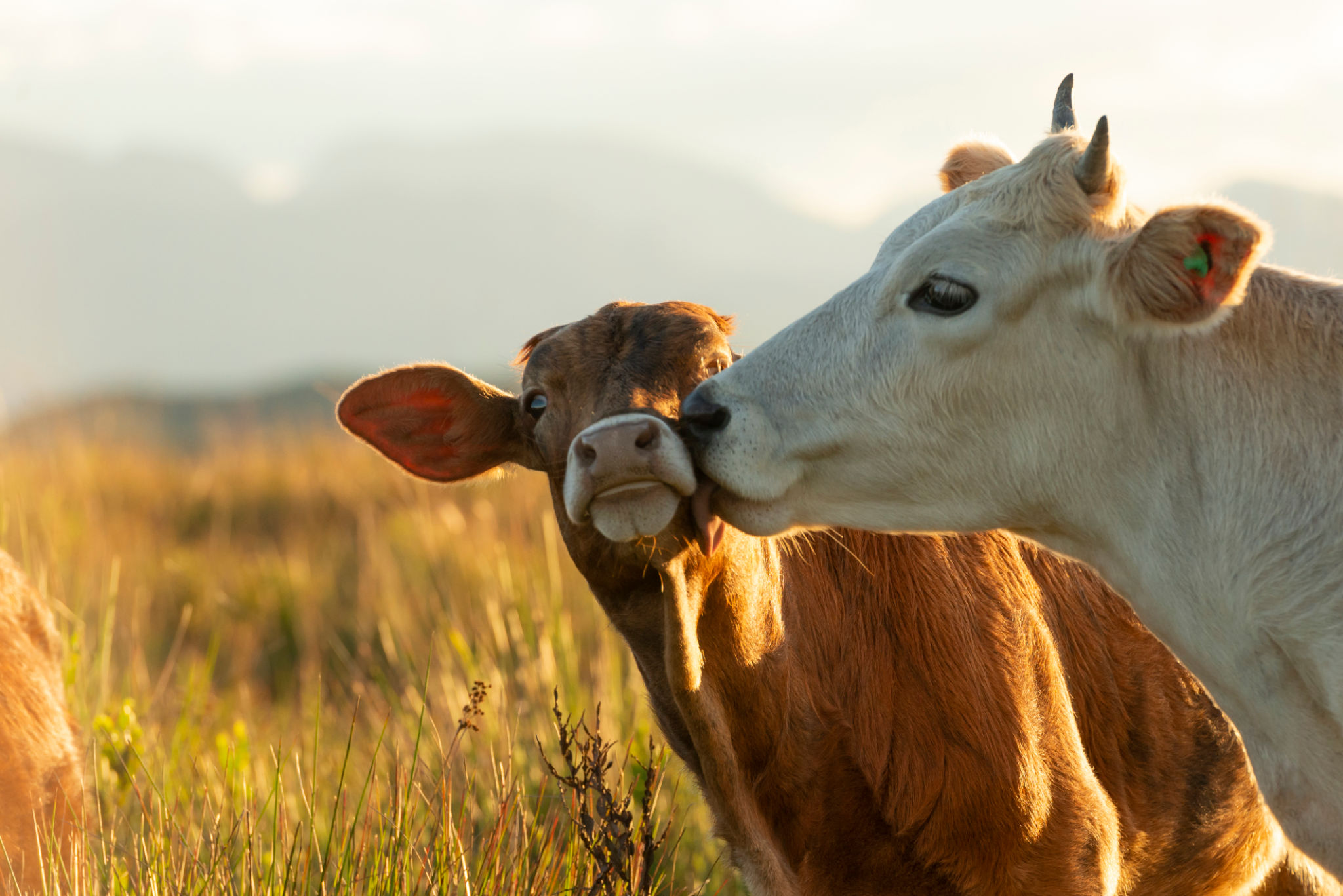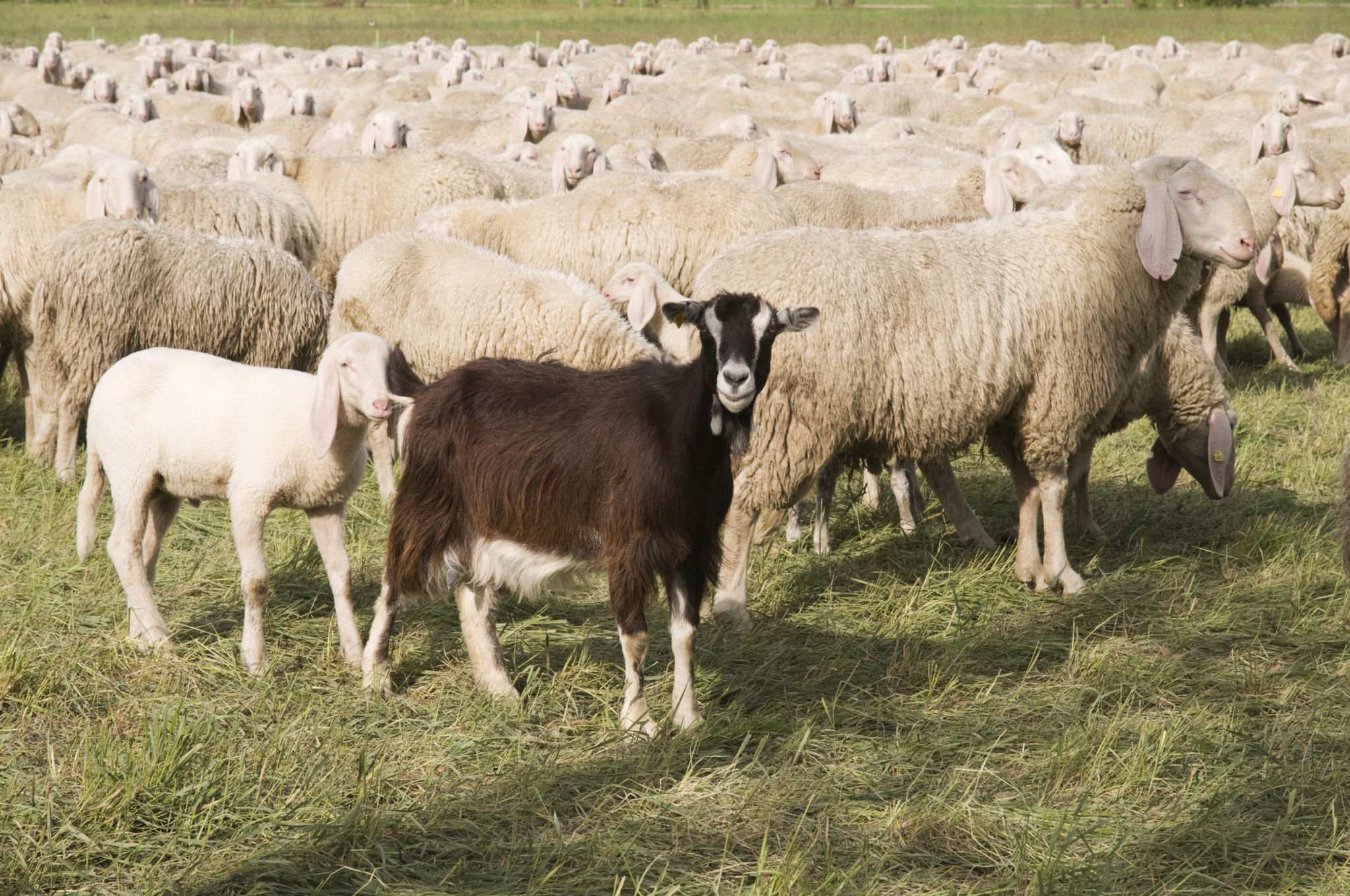How Farmers Can Show Care for Farm Animals?
AY
Promoting Animal Welfare in Farming: A Guide to Sustainable Practices and Care
As Threatened Species Day approaches, the spotlight on the natural world has intensified, sparking discussions about eco-friendliness and animal preservation. Alongside these important dialogues, there's a growing consideration of how individuals, particularly farmers, can actively contribute to animal welfare in their daily activities. From the dawn of agricultural production, farmers have been tasked with striking a delicate balance between environmental stewardship and meeting human dietary needs. Farm animals, unlike threatened species, play an integral role in our ecosystem, offering us more than just financial gains; they provide us with love and companionship. Therefore, it's crucial for farmers to excel in the art of caring for their farm animals.

1. Understanding Your Farm Animals
For many young farmers, raising farm animals can be a perplexing endeavor. Questions about feeding, the rationale behind raising these animals, and achieving financial viability often arise. However, overlooking proper animal care and health can lead to larger and potentially devastating issues down the line. To put this into perspective, as of January 1, 2023, Earth is home to 7,942,645,086 people, and our numbers continue to grow. This underscores the importance of sustainable agriculture and responsible animal husbandry. Farming, which is relatively new in the grand scheme of human history, has evolved to become essential for our survival. Agricultural education encompasses the study of agriculture, natural resources, food production, and related subjects, highlighting its fundamental role in sustaining the human population.
By understanding the unique needs of different farm animals—whether cattle, sheep, poultry, or other livestock—farmers can ensure their animals are provided with the best care possible. This entails not only proper feeding practices but also recognizing early signs of distress or illness, which can be critical in maintaining healthy, productive animals. Education and ongoing learning about animal care are crucial steps for new and experienced farmers alike.

2. Creating Optimal Living Conditions
Whether farmers raise animals for profit or companionship, it is imperative to provide optimal living conditions for farm animals to ensure their health and well-being. Faunalytics emphasizes that sustainable agricultural practices, including maintaining favorable living conditions for animals, are crucial for sustaining life on our planet. According to Farm Health Online, sustainable livestock production principles include providing animals with outdoor access, shelter, adequate space, lighting, and protection from extreme weather conditions. While these practices allow animals to move freely and behave naturally, they also entail careful consideration of disease control, predation risks, pest management, and weather-related challenges.
Farm animals are essential components of our ecosystem, and it is incumbent upon farmers to prioritize their welfare and nutrition. By understanding and implementing proper care practices, farmers can play an active role in animal protection and contribute to the harmonious coexistence of humans and the natural world. This requires creating environments that mimic natural conditions, where animals are free to express normal behaviors while being protected from harm.
A good example of this is the practice of rotational grazing, where livestock are moved between pastures to allow for better grass regeneration and avoid overgrazing, benefiting both the land and the animals. Additionally, ensuring that animals have access to clean water, nutritious feed, and regular veterinary care is fundamental to their health. It is also essential to safeguard farm animals against extremes of heat and cold by providing proper housing or shelter that shields them from harsh conditions.

3. Educating Farmers on Best Practices
The role of agricultural education in animal welfare cannot be overstated. As farming practices evolve, so too must the methods farmers use to care for their animals. Comprehensive agricultural education programs provide farmers with the tools and knowledge to implement sustainable practices that contribute to the well-being of both animals and the environment. For example, courses that focus on animal nutrition, disease prevention, and environmental management can make a significant difference in the long-term health of farm animals.
Training also empowers farmers to better understand the science behind their practices. By staying informed about advancements in animal care, they can make decisions based on up-to-date knowledge, ensuring their animals thrive while minimizing environmental impact.
Conclusion: A Sustainable Approach to Animal Welfare
The way forward for farmers is to embrace a holistic, sustainable approach to animal care. By integrating knowledge, compassion, and sustainable practices, farmers can help protect farm animals from harm, reduce their environmental footprint, and meet the growing demand for food in a world facing unprecedented challenges. With the right living conditions, adequate care, and a commitment to ethical practices, farm animals can continue to thrive and contribute to the ecosystem, while farmers play an essential role in protecting and nurturing the natural world.
References:
Martyn, M. (2023, August 17). Animal Cruelty In Factory Farm Statistics-Dreadful. Scribbr Citation Generator
W. (2023, April 18). Why Agricultural Education is Important | CropCare. CropCare
Kite, K. (2019, October 2). Farm Animal Welfare: A Review of Standard Practices and Their Effects. Faunalytics. Faunalytics
